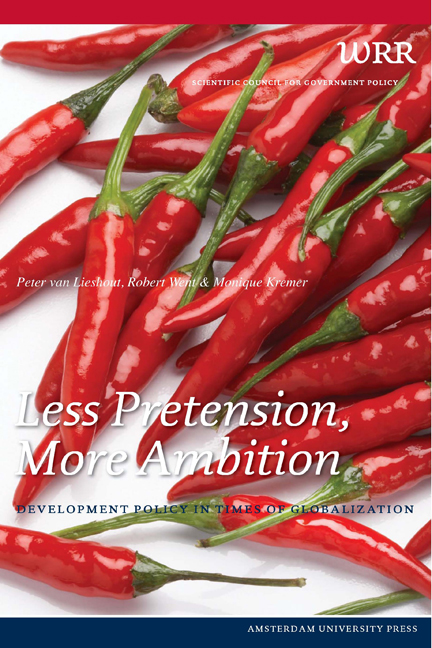Book contents
5 - Designing Development Aid
Published online by Cambridge University Press: 14 January 2021
Summary
Development aid can be inspired by a number of different motives simultaneously. The existence of different and parallel motives does not, in itself, have to be a problem since social activities are usually driven by a variety of motives. The task facing the political system is to weigh up all these motives and combine them into a manageable structure for implementation. This is, however, tricky if the different motives give cause to engage in practices which continually diverge. In addition, as chapters 3 and 4 showed, helping with development is a tremendously complex job. It is therefore no surprise that the institutional system is running into all kinds of problems. In this chapter we discuss five persistent problems in more detail: the goals (the priority of poverty reduction), the organization (the proliferation of aid), the approach (the belief in social engineering and one size fits all), the view of aid (the absence of an intervention ethic) and the scope (the inability to involve other policy fields).
NARROWING DOWN: DEVELOPMENT AID BECOMES POVERTY REDUCTION
The image of development aid that is projected in the media is dominated by the idea that it primarily focuses on helping people in difficult circumstances to lead lives which are, in some way, dignified. The standard image of development aid is one of water pumps, latrines, schools and doctors. As shown in chapter two, this has not always been the case. This image emerged in the 1970s, continued in the 1980s and 1990s, and is now a global phenomenon.
Development aid was not always oriented around direct poverty reduction. When it started to take shape as government intervention in the 1950s, its primary focus was on the accelerated preparation of countries for a situation in which they would be able to cope on their own. The economic growth required for development was clearly the reference point. Providing loans – in particular for infrastructure – and technical support coupled to capacity building were the most important instruments. At the time, confidence in the role of governments was high and developing countries initially experienced substantial growth. The emphasis shifted in subsequent years, due to factors in both donor and recipient countries.
- Type
- Chapter
- Information
- Less Pretension, More AmbitionDevelopment Policy in Times of Globalization, pp. 105 - 152Publisher: Amsterdam University PressPrint publication year: 2010

